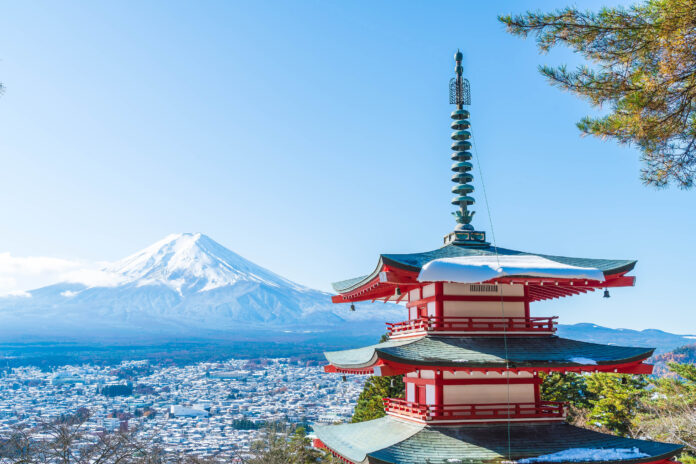SoftBank and KDDI are moving fast to have a leading position in the AI infra sector in Japan with their AI data centers
Japan is rapidly becoming a hub for artificial intelligence infrastructure development. With major companies and global tech leaders investing heavily in AI data centers, the Asian nation is moving fast to lay the foundation for next-generation computing. Here are five key things you should know about the country’s AI infrastructure market:
1. SoftBank is building one of the largest AI data centers in Osaka
Japanese operator SoftBank announced plans to build a massive AI data center at the site of Sharp’s former Sakai Plant in Osaka. The project will cover around 440,000 square meters of land and offer an initial power capacity of over 150 megawatts—scalable to more than 400 megawatts. With 750,000 square meters of total floor space, this facility is expected to become one of Japan’s core AI infrastructure projects. It will serve both SoftBank’s own AI development and external institutions like universities and research centers.
The project is also aligned with the country’s broader push to achieve energy efficiency in data centers by using renewable power sources and advanced cooling systems.
2. KDDI, Sharp and NVIDIA to build Asia’s largest AI data center
In a major collaborative effort, KDDI Corporation has teamed up with Sharp, Supermicro and Datasection to develop a next-generation AI data center at the same Sakai Plant. This AI-driven facility will deploy NVIDIA’s GB200 NVL72 systems, which are designed to handle the extreme computing demands of AI model training.
KDDI’s plans include advanced water-cooling technologies and operational optimizations to manage the power-hungry workloads of AI applications. The use of NVIDIA’s latest systems will allow the center to train trillion-parameter generative AI models.
3. Microsoft Is investing $2.9 billion to boost AI capabilities in Japan
Microsoft has committed nearly $3 billion to expand its AI infrastructure in Japan through 2025. The investment includes upgrading two existing data centers with advanced AI semiconductors and launching an AI training program for three million Japanese workers. Microsoft also plans to open an AI and robotics research lab in Tokyo, reinforcing its long-term commitment to the APAC country’s AI ecosystem.
4. SoftBank’s generative AI platform Is already live
Since October 2023, SoftBank has been operating a generative AI computing platform built around NVIDIA’s DGX SuperPOD. The system includes more than 2,000 NVIDIA Tensor Core GPUs and is designed to support the creation of large language models (LLMs) tailored to Japanese.
This platform is significant because it marks one of the first large-scale efforts to build generative AI models specifically optimized for the Japanese language and culture. By creating LLMs locally, Japan can reduce dependency on global providers and ensure data sovereignty in AI applications.
5. Japan’s AI infrastructure is a national priority
Beyond individual projects, Japan is clearly positioning itself as a future leader in AI. With strong support from tech companies and partnerships involving global players like NVIDIA, Microsoft, and OpenAI, the country is scaling fast. The growth of AI data centers is not only meeting rising demand for generative AI and machine learning, but also creating jobs and fostering international R&D collaborations.
Japan’s Ministry of Economy, Trade and Industry (METI) has identified AI infrastructure as a core driver of digital transformation. The government is also promoting public-private partnerships to boost GPU capacity, address chip supply constraints, and encourage green computing practices.
Conclusion
Japan’s AI infrastructure investment wave shows no signs of slowing down. The country is building a digital backbone that will support advanced computing, language models and global AI applications for years to come.
These investments reflect Japan’s ambition to become a leading actor in AI development. As the AI race accelerates, Japan’s strategic bets on data center capacity, language-focused LLMs and responsible AI innovation are positioning it as a regional AI powerhouse.

